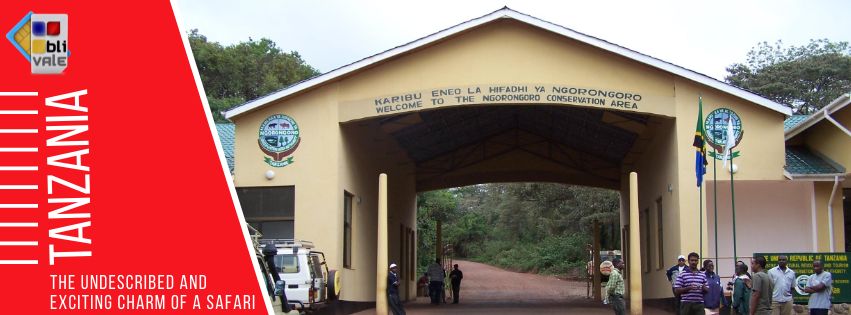One of the tourist attractions of Tanzania, in addition to the famous Zanzibar and Kilimanjaro, are the national parks, where it is possible to visit them by taking a tourist safari, then photographic.
It is certainly fascinating to visit these parks, with serious guides who know where to find the animal we want to photograph and observe, and they approach, with protection, the same Jeep without causing us problems. Or they tell us that we can get out of the vehicle, to stretch our legs, or to get close to an animal without problems. Or visit camps where we can come into contact with the natives, their huts and their way of being. Yes, of course, eat them too.
Or sleep in fenced areas and hear the roar of lions, the trumpeting of elephants, the smile of hyenas, and many others at night.
A good tourist safari, therefore photographic, must last at least a couple of days.
When we return to our reality, we can say that the desire to return and visit other places and parks is great.
The best months to visit any park are from December to June, considering that there is a period of rain that runs from March to June. The coldest period is between June and October, where large migrations of thousands of animals from one place to another can be seen.
But if you want to be quiet and see the habitat of each park, the period is December and January.
Below is a list of the major national parks in Tanzania.

Arusha National Park
Arusha National Park is among the smallest in Tanzania, however it features a number of habitats such as the Mount Meru forest, Ngurdoto crater and Momela Lakes which are a series of seven volcanic lakes.
Many tourists visit Mount Meru as it is one of the most beautiful volcanoes in Africa and the second highest mountain in Tanzania. The top is reached by a narrow ridge, which offers a breathtaking view of the volcanic cone which is several thousand meters below the crater.

Gombe Stream National Park
Gombe Stream National Park is the smallest park in Tanzania and is mainly visited to see and observe chimpanzees in the wild.

Katavi National Park
Katavi National Park is located in a location that offers unspoiled nature. A predominant feature in Katavi is the huge flood plain, divided by the Katuma River and several seasonal lakes.

Lake Manyara National Park
Lake Manyara National Park encompasses forests, woodlands, grasslands and swamps. Two thirds of the park is covered in water, and Lake Manyara is home to thousands of flamingos at certain times of the year and other diverse birds.
Lake Manyara Park fascinates with the large population of elephants, baboons, lions, hippos which can be observed at a much closer distance than other parks. This park is also home to the largest concentration of baboons in the world.

Ngorongoro Conservation Area
Ngorongoro is a park located in the crater, about 3 million years old.
You begin to be fascinated from above, before traveling for miles that lead to the park entrance.
The famous Ngorongoro Volcanic Crater is one of Tanzania's most popular wildlife viewing areas.
Here you can find all the animals.
The right guide allows you to take you where the animals decide to hide in order not to be found, otherwise you can see the classic animals.
The area is also visited for the conservation area of the Olduvai Gorge, an important archaeological site that has brought back ancient fragments of bones and skulls, important for having information on primitive humanity.

Serengeti National Park
Serengeti National Park is a vast treeless plain with thousands of animals searching for fresh grasslands.
Serengeti is the largest park in Tanzania and attracts thousands of tourists every year.

Ruaha National Park
Ruaha National Park is the least accessible park in Tanzania and as a result the landscape remains relatively intact. It is considered the second largest park in Tanzania, where it offers spectacular gorges and majestic trees, highly sought after by photographers.

Tarangire National Park
Tarangire National Park was founded in 1970, and it is advisable to visit it during the dry season, which runs from July to September, where animals congregate along the river.
Concentrations of migratory wildlife can be seen this season.

Each park has its own website, we report the website that includes them all, and CLICK HERE to choose and see the parks that may interest you.
Order your BLIVALE SIM to go to UNITED REPUBLIC OF TANZANIA (TZ)










